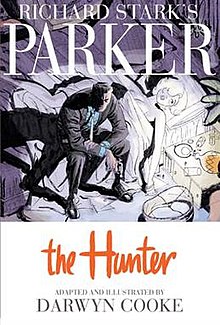
Brent Anderson is an American comics artist known for his work on X-Men: God Loves, Man Kills and the comic book series Astro City.
Parker is a fictional character created by American novelist Donald E. Westlake. A professional robber specializing in large-scale, high-profit crimes, Parker is the main protagonist of 24 of the 28 novels Westlake wrote under the pseudonym Richard Stark.

Donald Edwin Westlake was an American writer with more than one hundred novels and non-fiction books to his credit. He specialized in crime fiction, especially comic capers, with an occasional foray into science fiction and other genres. Westlake created two professional criminal characters who each starred in a long-running series: the relentless, hardboiled Parker, and John Dortmunder, who featured in a more humorous series.

Timothy Roger Sale was an American comics artist, "best known for his work on the DC Comics characters Batman and Superman and for influencing depictions of Batman in numerous films." He is primarily known for his collaborations with writer Jeph Loeb, which included both comics work and artwork for the TV series Heroes. Sale's renditions of Batman influenced modern cinematic depictions of the character, with film directors and actors directly citing Sale's work.
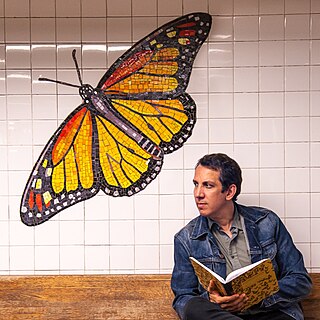
Peter Kuper is an American alternative comics artist and illustrator, best known for his autobiographical, political, and social observations.
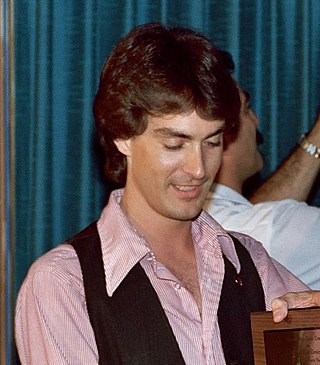
Dave Lee Stevens was an American illustrator and comics artist. He was most famous for creating The Rocketeer comic book and film character, and for his pin-up style "glamour art" illustrations, especially of model Bettie Page. He was the first to win Comic-Con International's Russ Manning Most Promising Newcomer Award in 1982, and received both an Inkpot Award and the Kirby Award for Best Graphic Album in 1986.
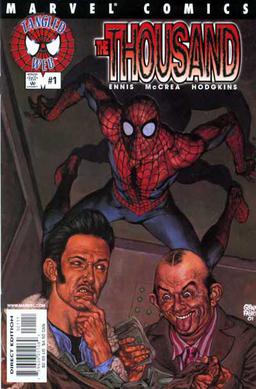
Spider-Man's Tangled Web was an American superhero comic book series starring Spider-Man and his supporting cast published by Marvel Comics for 22 issues from June 2001 to March 2003. The title was an anthology series, where various creative teams not usually associated with Spider-Man could display their take on the character.

Darwyn Cooke was a Canadian comics artist, writer, cartoonist, and animator who worked on the comic books Catwoman, DC: The New Frontier, The Spirit and Richard Stark's Parker: The Hunter. His work has been honoured with numerous Eisner, Harvey, and Joe Shuster Awards.

The Joe Shuster Canadian Comic Book Creator Awards are given out annually for outstanding achievements in the creation of comic books, graphic novels, webcomics, and comics retailers and publishers by Canadians. The awards, first handed out in April 2005, are named in honour of Joe Shuster (1914–1992), the Canadian-born co-creator of Superman.
The Outfit or Outfit may refer to:

The Hunter (1962) is a crime thriller novel by American writer Donald E. Westlake under the pseudonym Richard Stark. It is the first of the novels featuring career criminal Parker.
Alan Grofield is a fictional character created by Donald E. Westlake. He is the main protagonist of four of the 28 novels Westlake has written under the pseudonym Richard Stark, and a supporting character in an additional four. Grofield's first appearance was in the novel The Score, which was published in 1964.
Duane Louis Swierczynski is an American crime writer known for his work in non-fiction books, novels and comic books.

The Man with the Getaway Face (1963) is a crime thriller novel, written by Donald E. Westlake under the pseudonym Richard Stark and published by Pocket Books. It was also published under the title The Steel Hit. It is the second of the Parker novels.
J. Bone is a Canadian comic book artist and writer who has worked on such titles as DC Comics' Batman: The Brave and the Bold and Super Friends. He was the inker on the one-shot Batman/The Spirit.
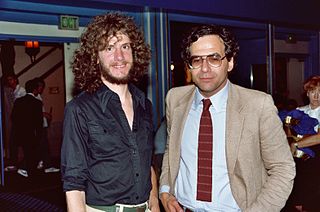
Dean Mullaney is an American editor, publisher, and designer whose Eclipse Enterprises, founded in 1977, was one of the earliest independent comic-book companies. Eclipse published some of the first graphic novels and was one of the first comics publishers to champion creators' rights. In the 2000s, he established the imprint The Library of American Comics of IDW Publishing to publish hardcover collections of comic strips. Mullaney and his work have received seven Eisner Awards.
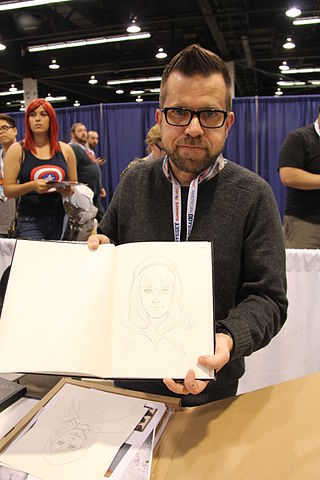
Phil Noto is an American painter and comic book artist who is known for his work on such titles as Jonah Hex, X-23, Uncanny X-Force and, more recently, Black Widow. His work on The Infinite Horizon with Gerry Duggan earned him an Eisner nomination for Best New Series. Noto has also worked as a concept artist for video games such as BioShock.
Slayground is a 1983 British crime thriller film directed by Terry Bedford. Starring Peter Coyote, Mel Smith and Billie Whitelaw, the film is adapted from Slayground, the 14th Parker novel, written by Donald E. Westlake under the name Richard Stark.
